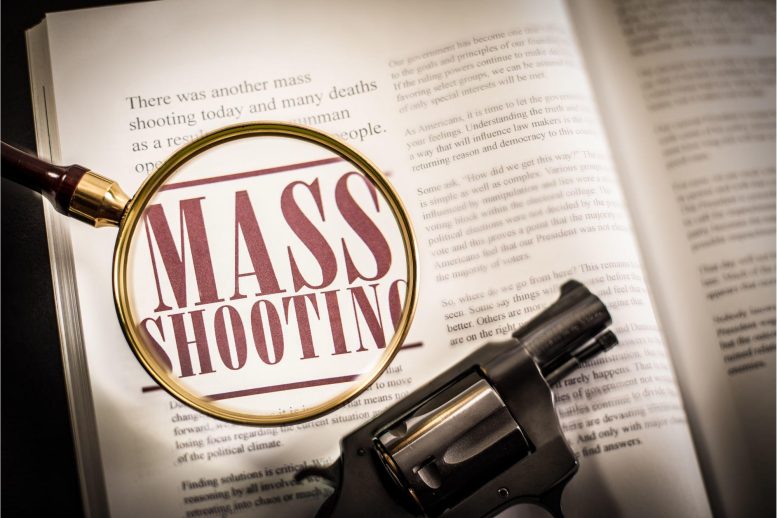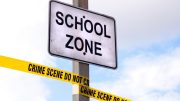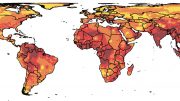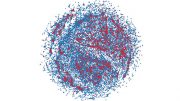
Researchers used statistical methods to calculate the annual probability of mass shootings in each state and at specific public venues. Their method offers insights into mass shooting risks, aiding security officials in emergency planning.
In a recent study, researchers have assessed the potential risk of mass shootings in each state and at specific locations such as schools and restaurants.
Mass shootings in the United States seem unpredictable, with tragic events occurring sporadically year after year. However, a recent study from Iowa State University, published in the journal Risk Analysis, has taken a significant step towards understanding these patterns. The scientists have developed a method to estimate the yearly likelihood of a mass shooting in each state, as well as in public venues like shopping malls and schools. This novel approach to quantifying mass shooting risks could aid security professionals in strategizing and preparing for potential emergency situations.
For their analysis, Iowa State associate professor Cameron MacKenzie and his doctoral student Xue Lei applied statistical methods and computer simulations to a database of mass shootings recorded from 1966 to 2020 by the Violence Project. The Violence Project defines a mass shooting as an incident with four or more victims killed by a firearm in a public place. According to the Violence Project, the U.S. has experienced 173 public mass shootings from 1966 to 2020 – with at least one mass shooting every year since 1966.
After they generated a probability distribution of annual mass shootings in the U.S., the scientists used two different models to simulate the annual number of mass shootings in each state. The results were used to calculate the expected number of mass shootings and the probability that at least one mass shooting would occur in each state in one year.
The Violence Project also provides the percentage of mass shootings in different types of locations. MacKenzie and Lei used that data to calculate the probability of a mass shooting in nine different types of public locations (including a restaurant, school, workplace, or house of worship) in the states of California and Iowa and also at the two largest high schools in each of those states.
Their findings include the following:
- The states with the greatest risk of a mass shooting are the most populous states: California, Texas, Florida, New York, and Pennsylvania. Together they account for almost 50 percent of all mass shootings.
- Some states, such as Iowa and Delaware, have never experienced a mass shooting.
- The annual risk of a mass shooting at the largest California high school is about 10 times greater than the risk at the largest Iowa high school.
- The number of mass shootings in the U.S. has increased by about 1 shooting every 10 years since the 1970s.
Importantly, MacKenzie points out that the probability of a mass shooting at a specific location depends on the definition of a mass shooting. In contrast to the Violence Project, the Gun Violence Archive defines a mass shooting as four or more individuals shot, injured, or killed, in any location, not necessarily a public location. As a result, The Gun Violence Archive has collected data on shootings that occur in both public and private locations as well as targeted shootings (i.e., gang shootings).
When the researchers applied data from The Gun Violence Archive to their models, the predicted number of annual mass shootings was nearly 100 times greater than the forecast based on The Violence Project’s data. The models predicted 639 mass shootings in 2022 with a 95 percent chance that the U.S. would experience between 567 and 722 mass shootings in that same year. MacKenzie points out that “most media appear to use this broader definition of mass shootings.” Because of this, he urges that journalists explain how they define a mass shooting when reporting the statistical data.
With regard to the danger posed to children at school, MacKenzie explains, that “our results show that it is very, very unlikely that a specific student will attend a K-12 school and experience a mass shooting. But to parents of a child at a school that has experienced a mass shooting, explaining that the school was extremely unlucky provides no comfort.”
While it is important to take precautions, he adds that “we should not live in fear that our children will experience such a horrific event. Mass shootings are very low probability but very high consequence events.”
Reference: “Quantifying the risk of mass shootings at specific locations” by Xue Lei and Cameron MacKenzie, 22 August 2023, Risk Analysis.
DOI: 10.1111/risa.14197









The behavior of mass shooters, who aren’t gang members, suggests to me that they are either consciously or unconsciously trying to “commit suicide by cop.” What reasonable person would expect to shoot up a school and walk away alive from the school? In the case of the recent shootings in Tennessee, He/she expended 152 rounds, and only killed 6 people. It was more like trying to create enough uproar to get the police there, rather than a priority on killing people.
Suicide by all means is on the rise. We should be asking why. Simply blaming guns isn’t enough. Japan has a suicide rate higher than the US, yet NONE of the suicides are committed with a gun. That demonstrates that guns are neither the cause of the suicides, nor essential to suicides.